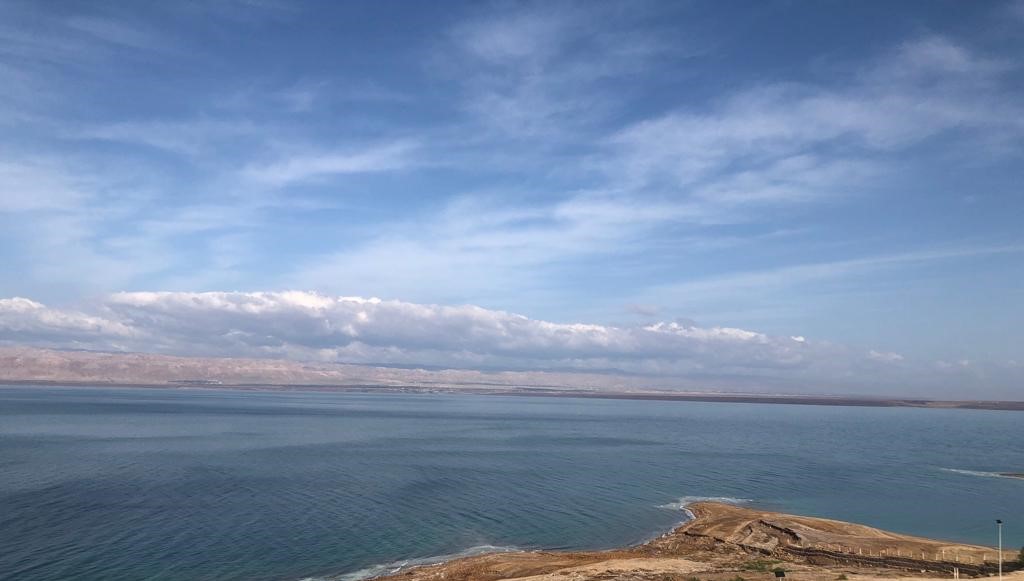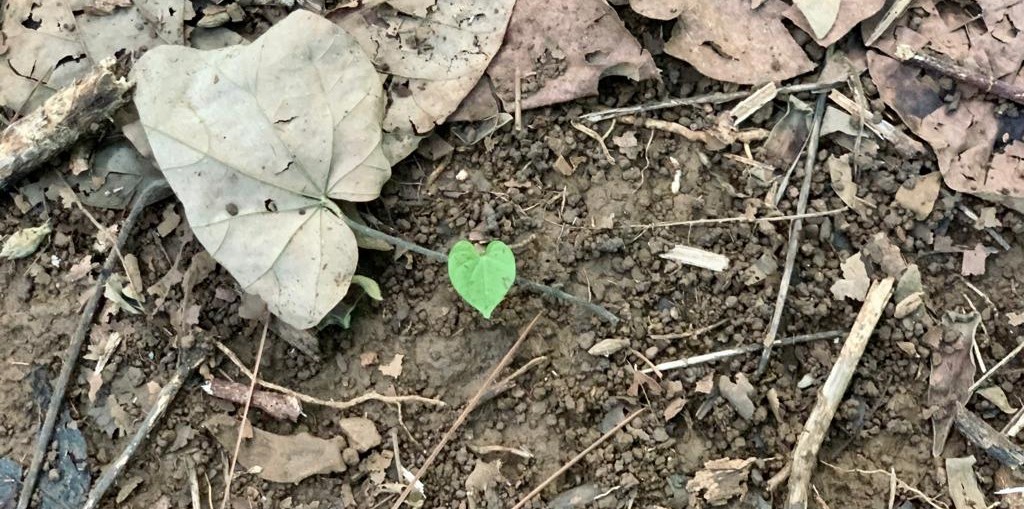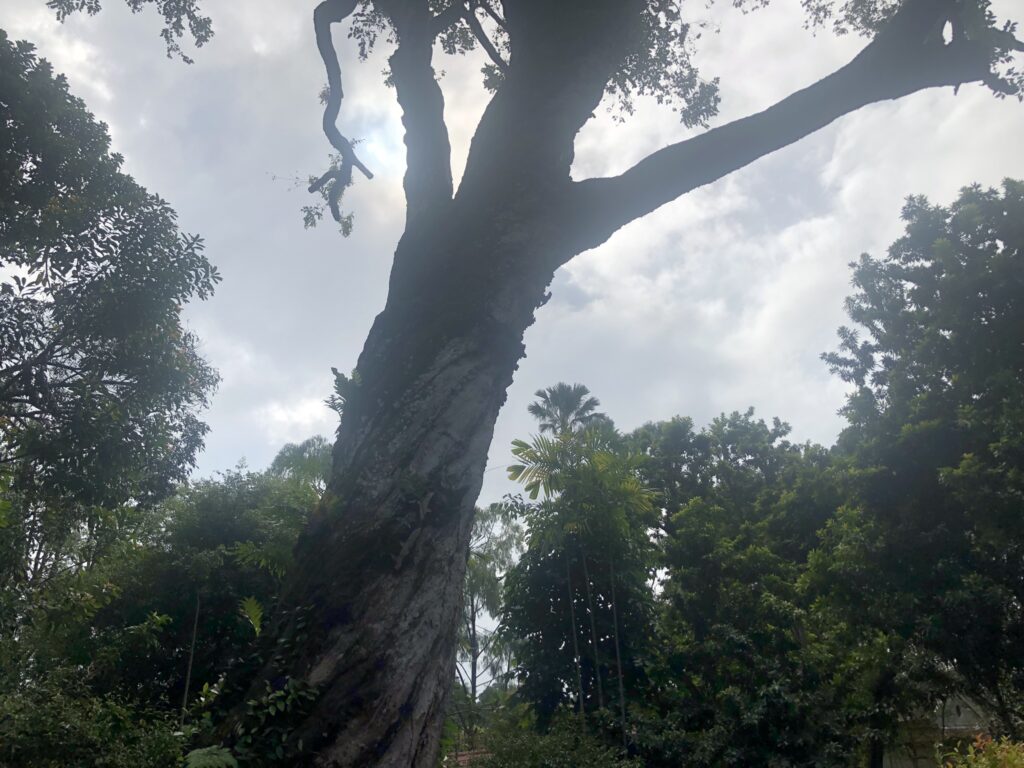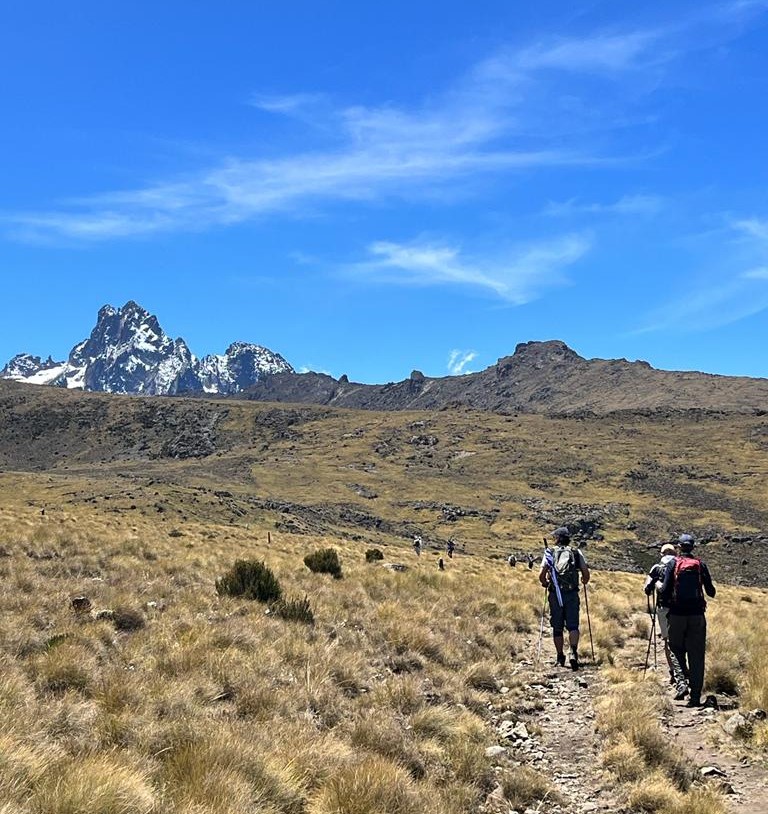
“By dropping time and your sensory experience regularly, you gently start to acquaint yourself with life beyond form and time, the life eternal that you and all of us are participating in simultaneously with our everyday ever-changing life”
Dear Integral Meditators,
This weeks article looks at a perennial meditation theme, and one closely tied up with the meaning of liberation and also very effective overall relaxation and stress transformation.
If you enjoy the article then do feel free to join us for this week’s Tuesday & Wednesday meditation class, where we shall be taking it as out subject for meditation.
The two week integral meditation retreat this weekend is currently full, if you would like to be on the wait-list just let me know.
In the spirit of the life-eternal,
Toby
Eternal life (& where to find it)
From a meditation point of view finding and ‘achieving’ eternal life is very simple. By ‘eternal life’ here we mean that which is not subject to the normal processes of living and dying, and that abides in an unchanging manner. It is a place where all problems are solved, all conflicts harmonized. It is a place of ‘permanent’ lasting peace. In the great wisdom traditions, the realization (not ‘achievement’) of eternal life is synonymous with the attainment of liberation or nirvana.
So where do we find it? Curiously we find it sitting under our noses, but where? If you look at each moment or occasion of your consciousness you will find three aspects:
- A sensory dimension, what you see, feel smell touch etc…
- A mental dimension, what you think, feel (emotionally) and imagine about it as it is happening
- A consciousness dimension – That which is observing and experiencing the mind and senses
If you observe the first two dimensions, sense and mind you’ll see that they are changing continuously. They move thru continuous cycles of ‘life & death’, of coming and going. If you turn your attention to the third dimension, consciousness itself, you will probably notice it’s a little more difficult to observe. This is because there is nothing to it in terms of form and movement; its just a formless, timeless ‘containing space’. It holds space for the impermanent comings and goings of our mind and senses.
Because consciousness itself is formless, it is timeless. Because it is timeless, it is eternal. So, whenever you ‘drop into’ the experience of consciousness itself, you find eternal life there and also that part of you that is eternal. By eternal we mean not beginning, not ending, not subject to change. Consciousness is just a living empty space, nothing there, but pregnant with all possibilities.
In his short story entitled ‘Illusion’ Anthony De Mello gives a few pointers about where to find eternal life:
ILLUSION
“How shall I attain Eternal Life?”
“Eternal Life is now. Come into the present.”
“But I am in the present now, am I not?”
“No.”
“Why not?”
“Because you haven’t dropped your past.”
“Why should I drop my past? Not all of it is bad.”
“The past is to be dropped not because it is bad but because it is dead.”
So, to find eternal life (which is found in the state of consciousness itself) we need to drop time, past and also future. This helps still our mind enough to start to see consciousness in the present.
Another thing we need to do it withdraw our attention from our senses. As Lao Tzu says in verse 12 of the Tao Te Ching:
“Colours blind the eye.
Sounds deafen the ear.
Flavours numb the taste.
Thoughts weaken the mind.
Desires wither the heart.
The master observes the world
But trusts his inner vision.
He allows things to come and go.
His heart is open as the sky”
(Chapter 12 Steven Mitchell translation)
So, to find eternal life experientially in meditation you need to drop the past and future, withdraw your attention from the senses and allow your perception of consciousness itself to start to gradually come into focus. In doing so you gently start to acquaint yourself with life beyond form and time, the life eternal that you and all of us are participating in simultaneously with our everyday ever-changing life. In this sense ‘heaven’ is not something that we may or may not experience after our death. As Thich Nhat Hanh says “The pure land is now or never”. You ether see it or you don’t. If you are waiting and hoping to encounter it sometime in the future, you’ve missed it already, its right here where it always has been.
Related reading: That which solves all your problems and none
© Toby Ouvry 2023, you are welcome to use or share this article, but please cite Toby as the source and include reference to his website www.tobyouvry.com
All upcoming classes and workshops at IMA:
Ongoing – Weekly Tuesday, Wednesday Online class schedule
Ongoing on Wednesday’s, 7.30-8.30pm – Wednesday Meditation for stress transformation and positive energy with Toby (Bukit Timah)
Ongoing on Tuesday evenings, 7.30-8.30pm – Tuesday Meditation for stress transformation and positive energy with Toby (East Coast)
Sat & Sunday 1st, 2nd April – Two day integral meditation retreat
Starts Tues/Weds April 11th/12th , 7.30-8.30pm – Meditations for thriving and energy creation – An eight week course
Saturday 15th April 9am-12.30pm – Meditations for Developing the Language of Your Shadow Self Workshop
Saturday April 29th, 9.30-11.30am – Monthly Qi Gong & Taoist Breathwork Clinic & Mini-retreat
Tues 30th/Weds 31st May – Wesak meditation
Integral Meditation Asia
Online Courses * 1:1 Coaching * Books * Live Workshops * Corporate Mindfulness Training *Life-Coaching * Meditation Technology



